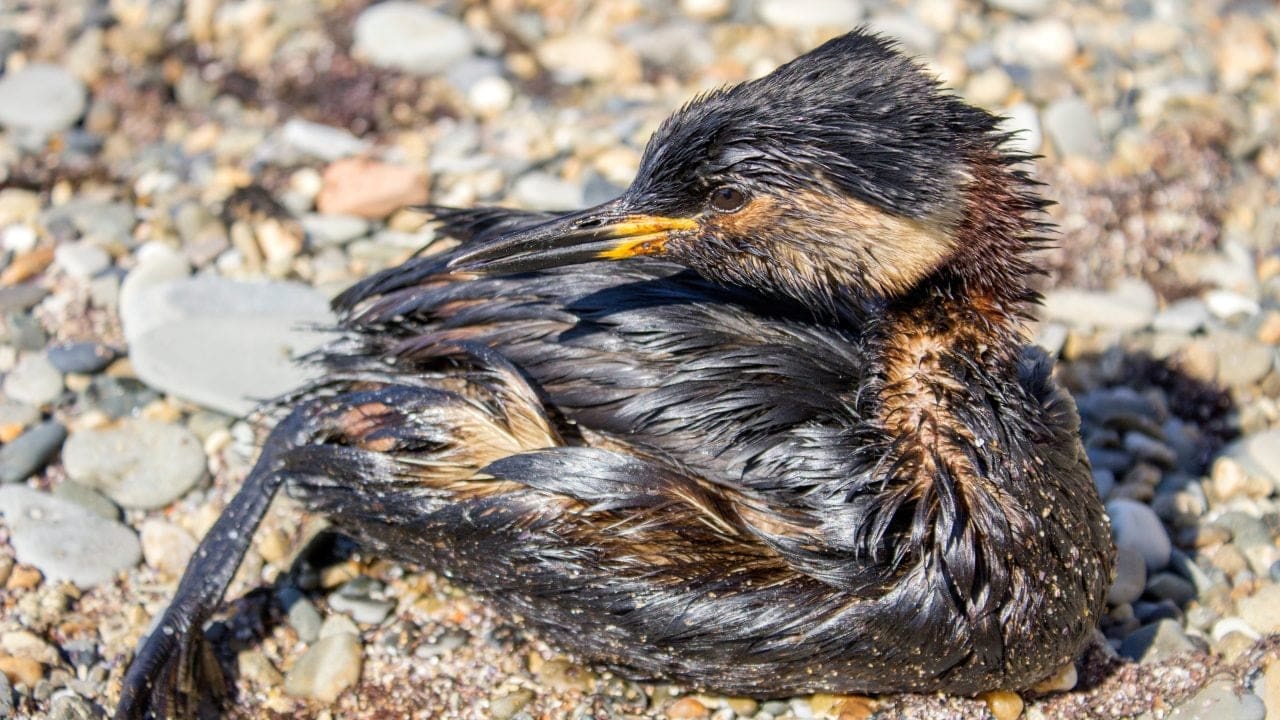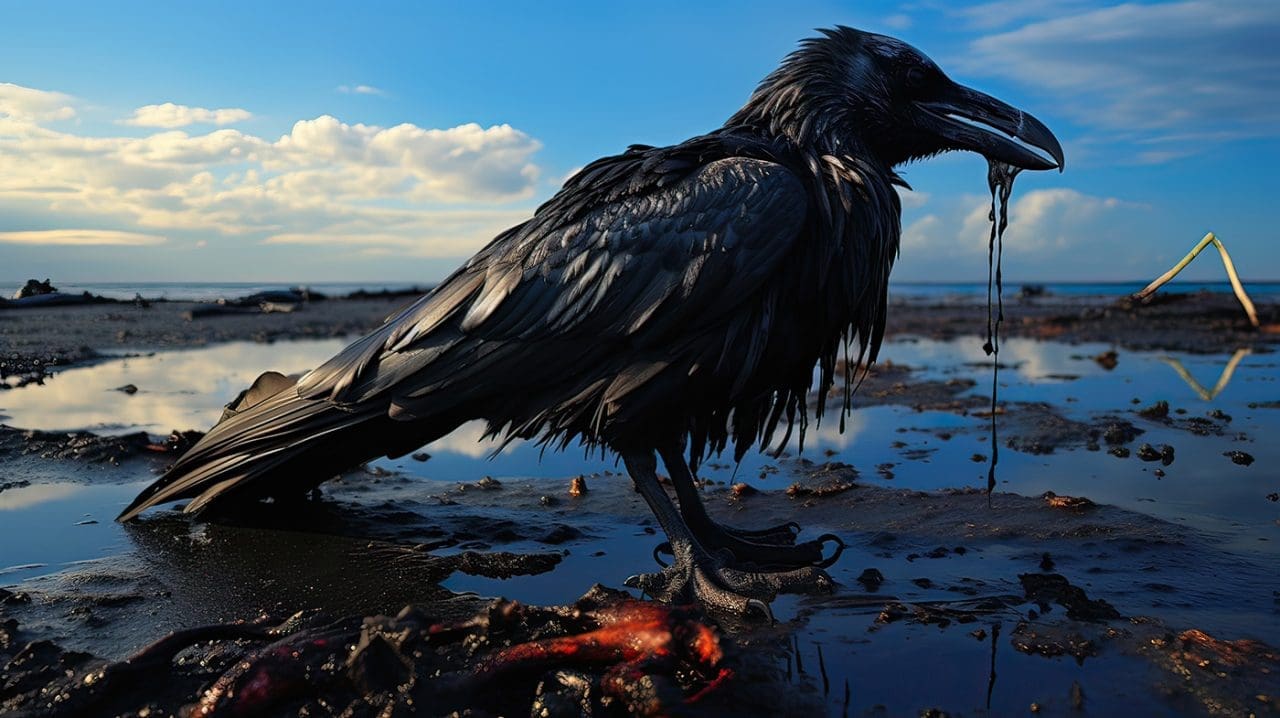Growing Environmental Concern
The issue of coastal wildlife oil spills has emerged as a critical environmental challenge, threatening diverse ecosystems along our coastlines. This article serves as a call to action, emphasizing the urgent need for increased awareness and effective response to the impact of oil spills on coastal wildlife. It will explore the roles and responsibilities of local communities, environmental organizations, and governments in safeguarding and rehabilitating affected wildlife populations.
Understanding the Impact on Coastal Wildlife
The Immediate and Pervasive Threat
Coastal wildlife oil spills present immediate and severe threats to a wide array of marine species. From seabirds and marine mammals to invertebrates and coastal vegetation, oil spills can cause catastrophic harm. The oil not only physically coats and contaminates wildlife but also disrupts critical habitats and food sources, leading to long-term ecological imbalances.
The Role of Local Communities in Responding to Coastal Wildlife Oil Spills
Grassroots Action and Involvement
Local communities are often the first line of defense against coastal wildlife oil spills. Their proximity to affected areas positions them uniquely to respond quickly to such incidents. Community engagement in spill response activities, from reporting spills to participating in cleanup efforts, is crucial. Additionally, educating community members about the proper protocols for responding to and reporting oil spills can significantly mitigate the impact on coastal wildlife.
Environmental Organizations: Leading Conservation Efforts
Advocacy, Rehabilitation, and Research
Environmental organizations play a pivotal role in addressing coastal wildlife oil spills. These organizations not only advocate for stronger environmental protections and regulations but also lead efforts in wildlife rescue and rehabilitation. Moreover, they conduct crucial research into the effects of oil spills on different species and ecosystems, contributing valuable insights into effective response strategies.
Governmental Responsibility and Policy Making
Legislation and Enforcement for Protection
Governmental bodies are responsible for enacting and enforcing legislation that minimizes the risk of oil spills and protects coastal wildlife. This includes stringent regulations on oil drilling and transportation, as well as the establishment of rapid response protocols for dealing with spills. Governments also play a role in funding and supporting research and conservation initiatives, ensuring that comprehensive measures are in place to protect coastal ecosystems.
A Call for Awareness and Proactive Measures
Educating the Public and Promoting Prevention
Raising public awareness about the impact of coastal wildlife oil spills is imperative. Educational campaigns and initiatives can help inform the public about the importance of preserving marine ecosystems and the steps they can take to prevent oil spills. This awareness is key to fostering a culture of environmental stewardship and proactive conservation.
Uniting for Coastal Wildlife Protection
The issue of coastal wildlife oil spills demands a united front. By combining the efforts of local communities, environmental organizations, and governmental bodies, and by raising public awareness, effective strategies can be implemented to protect and preserve coastal wildlife. It is through collective action and commitment to environmental responsibility that we can confront and mitigate the impacts of oil spills, ensuring the health and sustainability of our coastal ecosystems for future generations.
The Crucial Role of Technology in Monitoring Coastal Wildlife Oil Spills
Advancements in Detection and Response
In the age of technology, innovative tools and techniques have become central to monitoring and responding to coastal wildlife oil spills. This section will explore the latest technological advancements, including satellite imagery, aerial drones, and remote sensing, which have revolutionized the way oil spills are detected and assessed. These technologies not only enable quicker responses but also provide critical data for evaluating the impact of spills on coastal ecosystems.
Mitigation Strategies for Coastal Wildlife Post-Oil Spills
Ensuring Long-term Rehabilitation
Post-oil spill, the focus must shift to long-term strategies for the rehabilitation of coastal wildlife and ecosystems. This section will discuss various mitigation strategies, such as habitat restoration, wildlife health monitoring, and the reintroduction of species into rehabilitated environments. It will also cover the efforts in restoring food chains and habitats disrupted by oil spills, which are crucial for the full recovery of coastal wildlife.

Community-Based Conservation Initiatives
Engaging Local Populations for Sustainable Change
Community-based conservation initiatives are instrumental in protecting coastal wildlife from the impacts of oil spills. This section will delve into how local communities can actively participate in conservation efforts, from participating in beach cleanups to engaging in citizen science projects. The importance of local knowledge and involvement in developing sustainable solutions for coastal wildlife conservation will be highlighted.
International Collaboration for Coastal Wildlife Protection
A Global Approach to a Global Problem
The fight against coastal wildlife oil spills is a global challenge that requires international cooperation. This section will explore how countries and international organizations collaborate on oil spill prevention, response, and wildlife protection. It will discuss global treaties, shared resources, and joint research projects aimed at protecting coastal ecosystems and wildlife from the devastating effects of oil spills.
The Future of Coastal Wildlife Conservation Post-Oil Spills
Innovations and Projections
Looking towards the future, this section will discuss the potential innovations and advancements in the field of coastal wildlife conservation post-oil spills. It will speculate on the future of oil spill response and wildlife rehabilitation, considering emerging technologies, evolving conservation strategies, and changing environmental policies. The section will also highlight the importance of ongoing research and development in ensuring the resilience and sustainability of coastal ecosystems.
Final Thoughts: A Unified Call for Coastal Ecosystem Preservation
This concluding section will reiterate the importance of collective effort and commitment in addressing the issue of coastal wildlife oil spills. It will emphasize the need for continued vigilance, innovation, and collaboration to protect these vital ecosystems. The section will serve as a final call to action for all stakeholders – governments, organizations, communities, and individuals – to unite in the mission of preserving coastal wildlife and ecosystems for generations to come.














